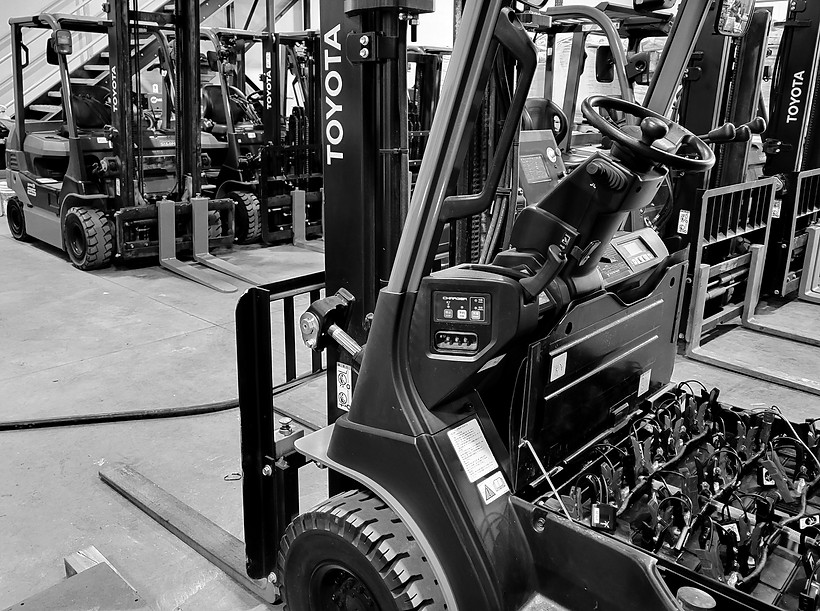top of page


Industrial Battery Reconditioning Service
Using state-of-the-art equipment, our reconditioning service provides an alternative to costly battery replacements. Our process will recover lost run-time on your older batteries or provide an effective maintenance program for your newer batteries to extend their lifespan.

Sulfation is the Problem.
Battery Edge is the Solution.
What is Sulfation?
Sulfation is the accumulation of hard lead sulfate crystals on the cell plates of your battery. It is the main reason for capacity and efficiency loss in lead-acid batteries. Sulfate crystals can develop from the day a new battery goes into use. Sulfation develops more rapidly in batteries that have not been properly maintained.
How Does Sulfation Cost You Money?
Over time, sulfation crystals deplete battery capacity. As a result, the battery needs to be charged more often with an ever-decreasing run-time. As sulfation increases, so does your need to replace your batteries. Using Battery Edge's state-of-the-art equipment, we are able to desulfate used batteries effectively and prevent heavy sulfation from occurring on newer batteries.
A visual representation of sulfation

The black squares represent battery cell plates. The white coverage represents the progression of sulfation crystals.
The Battery Edge Process
What does the reconditioning process consist of?
1. A physical inspection of the battery and its connections, terminals, and casings. The Specific Gravity(SG) of the battery electrolyte is measured.
2. A normal charging cycle and water top up then it is left to return to ambient temperature.
3. After the battery has returned to ambient temperature it is connected to our equipment to go through its first discharge test. This will quantify the battery capacity before the desulfation/reconditioning process.
4. Over the next 24-48 hours, our equipment uses a complex algorithm to output high frequency pulsations in varying amperages/voltages. These are sent through the battery to break down the sulfation over the duration of a calculated period. As the sulfate crystals are broken down they will go into the battery water. Some will precipitate to the bottom of the cell and some will solubilize and re-stratify into the battery water.
5. After the desulfation process has been completed a secondary discharge test is done to see the increase in battery capacity as compared to the original discharge test.
6. The battery then receives a final charge that is also paired with the regenerative pulsation technology.
7. The terminals are serviced and the battery gets a surface clean. The SG is measured again.
8. The terminal caps are placed and battery components that we moved are repositioned.
9. Analyze the results and assemble a full report.





Every reconditioned battery receives a full report detailing the reconditioning process. The discharge tests before and after the process allow for
clear comparison of how effective the service was.

Individual Cell Performance Analysis

Total Battery Reconditioning and Performance Analysis

Have you maintained your battery lately?
The most important and most expensive component of your electric equipment is your battery.
We can help to protect that investment and prolong its effective lifespan.
bottom of page
